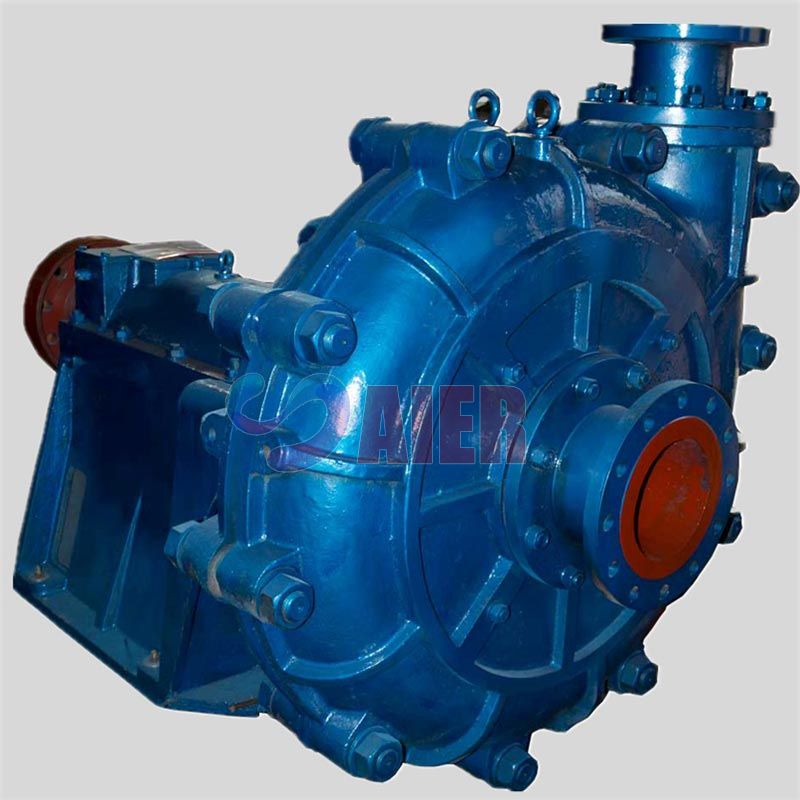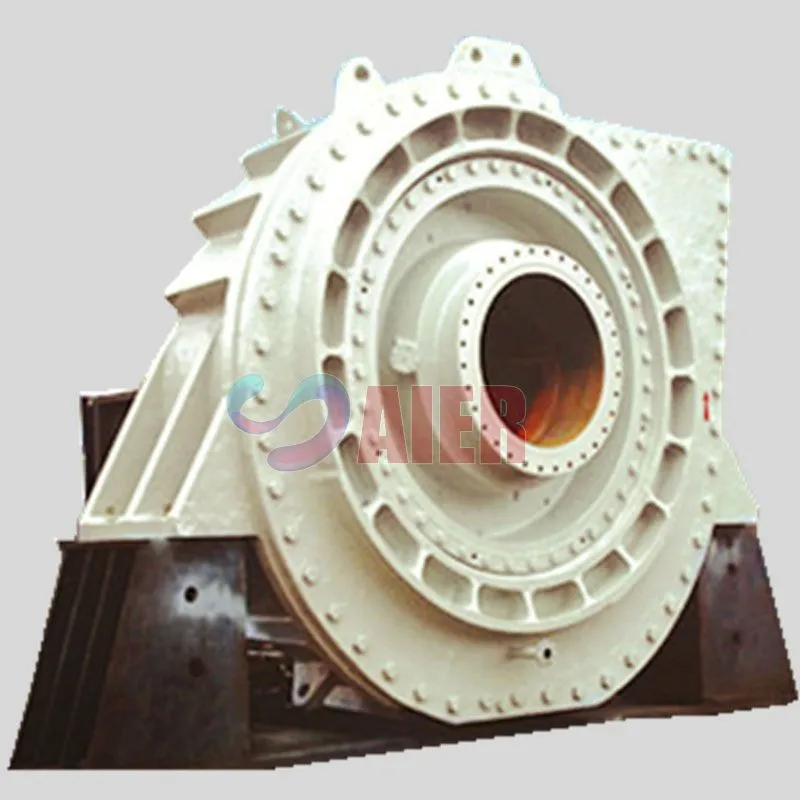ມ.ສ. . 28, 2025 03:27 Back to list
China Slurry Pump Rubber Liner & Cover Plates - High Durability & Corrosion-Resistant
- Understanding Slurry Pump Rubber Liners in Industrial Applications
- Technical Advantages of High-Performance Rubber Materials
- Performance Comparison: Leading Manufacturers in China
- Customized Solutions for Diverse Operational Needs
- Case Study: Efficiency Gains in Mining Operations
- Quality Standards and Certification Compliance
- Why China Dominates Global Rubber Liner Supply

(china slurry pump rubber liner)
China Slurry Pump Rubber Liner: Engineering for Abrasion Resistance
Slurry pumps handling corrosive media require liners with exceptional durability. Chinese manufacturers now produce rubber liners achieving 8,000-12,000 operational hours in phosphate mining – a 40% improvement over 2020 industry benchmarks. Advanced compound formulas blend natural rubber with synthetic polymers to resist both impact wear (tested at 15-25 mm3 loss under ASTM G65) and chemical degradation.
Technical Advantages of High-Performance Rubber Materials
Three material innovations differentiate Chinese liner technology:
- Multi-layer vulcanization: 6-8 bonding layers reduce delamination risks
- Carbon nanotube reinforcement: 18% higher tensile strength (35 MPa vs. 29.7 MPa standard)
- Precision molding: ±0.8 mm dimensional accuracy across 1,500 mm components
Performance Comparison: Leading Manufacturers in China
| Manufacturer | Wear Rate (g/ton) | Max. Temp. (°C) | pH Range | Lead Time (weeks) |
|---|---|---|---|---|
| Supplier A | 0.15 | 85 | 3-11 | 4-6 |
| Supplier B | 0.12 | 90 | 2-12 | 3-5 |
| Supplier C | 0.18 | 80 | 4-10 | 6-8 |
Customized Solutions for Diverse Operational Needs
Tailored configurations address specific challenges:
- Gold processing: 50 Shore A hardness liners with ceramic inserts
- Coal washing: 3-mm ribbed surface patterns for 22% better slurry flow
- Desalination plants: Bromobutyl rubber resisting chloride ion penetration
Case Study: Efficiency Gains in Mining Operations
A Chilean copper mine achieved 92% liner survival rate after switching to Chinese rubber covers:
- Pump maintenance intervals extended from 1,200 to 2,150 hours
- Annual replacement costs reduced by $184,000 per processing line
- Mean time between failures increased 78% over previous European suppliers
Quality Standards and Certification Compliance
Top Chinese factories maintain:
- ISO 9001:2015 quality management systems
- ASTM D2000 material classifications
- Third-party wear testing per DIN 53516
- 12-month performance warranties
China Slurry Pump Rubber Liner: Global Supply Leadership
With 63% market share in mineral processing liners (Q2 2023 Global Mining Report), Chinese manufacturers combine scale advantages and technical expertise. Their rubber cover plate liners now power 41% of new slurry pump installations worldwide, supported by localized inventory hubs in 17 countries.

(china slurry pump rubber liner)
FAQS on china slurry pump rubber liner
Q: What materials are used in China slurry pump rubber liners?
A: China slurry pump rubber liners are typically made from high-abrasion-resistant natural rubber or synthetic compounds like neoprene, ensuring durability in harsh slurry applications.
Q: How does a China sand slurry pump rubber liner improve performance?
A: The rubber liner's wear-resistant design minimizes erosion from abrasive particles, extending pump lifespan and reducing maintenance costs in sand-heavy operations.
Q: Are China slurry pump rubber cover plate liners interchangeable?
A: Yes, most China-made cover plate liners are engineered to standard dimensions, allowing compatibility with major slurry pump models while offering customization options.
Q: What certifications do China slurry pump rubber liners carry?
A: Reputable manufacturers comply with ISO 9001 standards and provide material certifications like ASTM D2000 for quality assurance in industrial applications.
Q: Why choose China-made rubber liners for slurry pumps?
A: China-produced liners combine cost-effectiveness with advanced vulcanization techniques, delivering comparable wear resistance to global brands at competitive pricing.
-
Top Submersible Pump Companies High Quality Manufacturers & Suppliers in China
NewsJul.08,2025
-
High Quality Seal for 5 Inch Dredge Pump Reliable China Manufacturer & Supplier
NewsJul.08,2025
-
High-Efficiency Slurry Sand Pump from Leading China Manufacturer – Durable & Reliable Solutions
NewsJul.07,2025
-
High-Quality Slurry Pump Made in China Durable Steel Mill Slurry Pump & Parts
NewsJul.07,2025
-
High Quality Excavator Dredge Pump Manufacturer & Suppliers from China – Reliable, Durable, Efficient Solutions
NewsJul.07,2025
-
Wholesale Slurry Pump Closed Impeller Supplier High Efficiency China Slurry Pump Closed Impeller
NewsJul.06,2025
